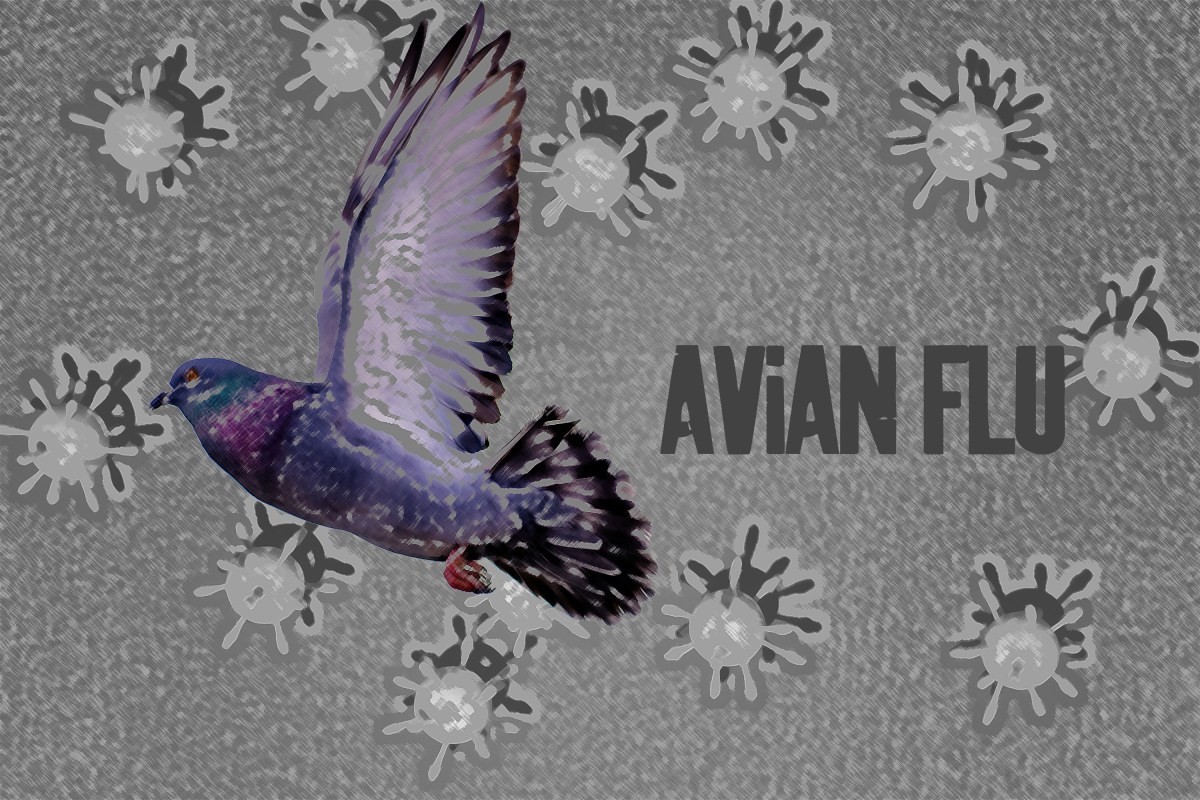The World Health Organization met Monday to go over the recent outbreak of Zika virus in Central and South America, and concluded the situation meets the conditions for a Public Health Emergency of International Concern.
The WHO hasn’t given an outbreak this level of severity since the Ebola outbreak in West Africa in 2014. Zika virus is spread through mosquito bites, however 80 percent of people who are infected will not suffer its symptoms of fever, rash and joint pain. Because of this, the virus has been able to spread largely unimpeded during the past months. Those who are inflicted usually suffer from the virus’ symptoms for a few days to a week.
Zika virus is especially dangerous when contracted by pregnant women. If a woman who is carrying a child gets infected, the virus can cause “microcephaly,” a condition where and infant’s head and brain will not grow to proper size. The correlation between the disease and microcephaly is still being studied.
Although the disease hasn’t been seen in the United States mainland, it has been reported in Mexico. The mosquito that carries the disease, Aedes Aegypti, is found in Brazil all the way up to the southern United States. Several notable areas that have reported active Zika cases are Brazil, Costa Rica, Nicaragua, Mexico and the U.S. Virgin Islands.
The disease has no vaccine at this time, and health officials have made several suggestions to the public. Prevention is key. People traveling to countries that are affected by Zika virus should do everything possible to reduce their exposure to mosquitos, especially during the day when the mosquitos carrying it are most known to bite. It is suggested travelers wear long-sleeved shirts, use insect repellent on the outside of their clothing and sleep under a mosquito net. El Salvador has gone as far as to suggest women refrain from getting pregnant until the disease is less of a threat.















